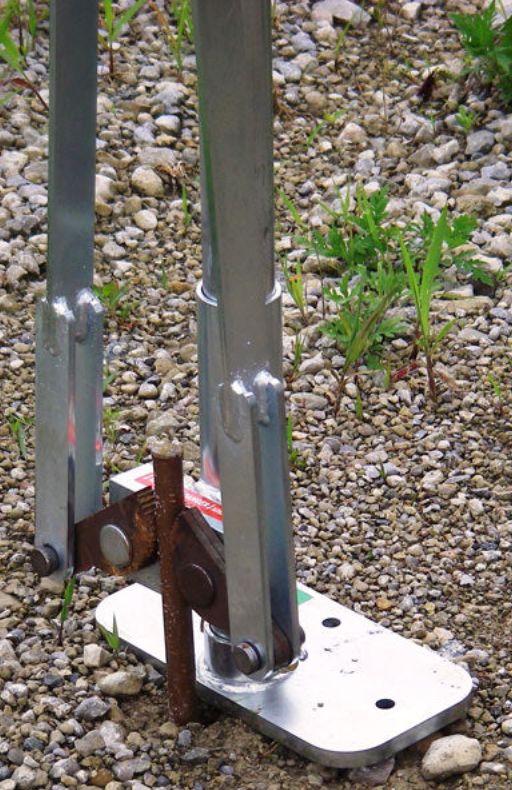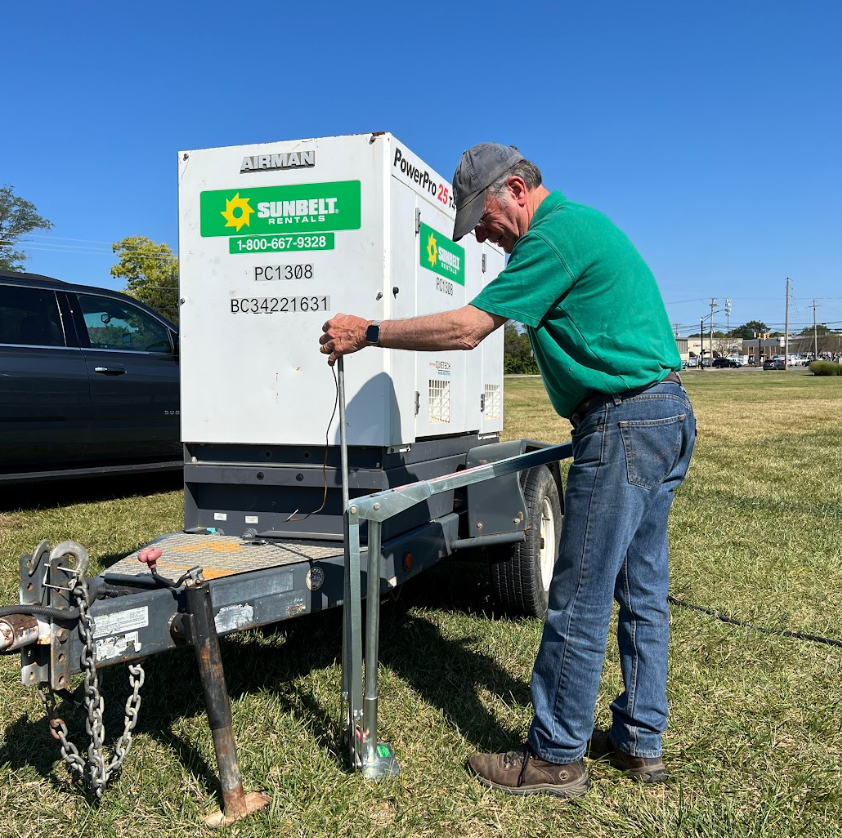Your Cart is Empty
Proudly Made In The USA 🇺🇸
Proudly Made In The USA 🇺🇸
Proudly Made In The USA 🇺🇸

February 23, 2022 4 min read
Stake pullers can make your life much easier, especially if you're used to pulling stakes by hand. It can make your job much more efficient and free up time for more important aspects of your construction project.
In this article, we’re going to cover how stake pullers can help to increase your efficiency and safety at work, and what you’ll want to look for when choosing a stake puller of your own.
What are stake pullers?
Stake pullers are used to remove a variety of stakes from construction sites. The purpose of the stakes can range from being used to set and hold concrete borders to maintaining other location measures.
Stake pullers make the usually painful and potentially dangerous stake removal process fast, easy, and safe. Stake pullers are used to get rid of the pains of removing stakes once and for all.
Stake pullers are used in what way?
There are several different models of stake pullers for different jobs; however, the function is essentially the same.
The majority of stake pullers make use of simple leverage to maximize the amount of force a user can apply.
A stake puller with a 16-to-one mechanical advantage means that it helps you exert 16 times the amount of force on a stake than you could without it. The user pulls towards himself and downwards so that the stake puller redirects the force upwards.
They are most effective on hard surfaces like concrete or densely packed earth. Soft earth or sand makes anchoring difficult, so you can place a flat piece of wood or sheet metal down to distribute the force.
How do stake pullers benefit a construction job?
Stake pullers can actually speed up the completion of a project, by enabling stakes to be removed quickly and easily. All you have to do is take the tool off your tool belt, attach it to the tip of the drill and all the hard work is basically done.
The ease at which the stakes are removed can also reduce injuries across the board. For instance, removing stakes used to require a lot of pulling, which could lead to back strain, or losing your footing from exerting too much force and causing other unexpected injuries.
There are several different types of stake pullers that will help to execute the job in a safer, more efficient manner.
The type of stake puller you’ll want to be using will depend upon the size of the stake and the environment it’s in. For instance, there are round stake pullers, which are designed to remove round steel stakes from concrete forms. The type of drill you’ll need in order to pull these stakes need to be at least 18V or higher.
CHOOSING THE RIGHT STAKE PULLER IS A MUST.
Depending on your needs, you can probably determine the type of stake puller you need. But each type has various models available, capable of pulling different stakes with different amounts of force.
Here are some examples of JackJaw Stake Pullers and how they works:
No matter which style of stake puller you decide to use, you will be satisfied. Imagine doing in seconds what used to take you minutes or hours.
We hope this article has been informative in giving you a better understanding of how using stake pullers can help speed up your construction business as well as prevent injury when used correctly.

September 19, 2025 3 min read 0 Comments

July 16, 2025 4 min read 0 Comments
Discover why JackJaw® stake pullers are the top choice in construction. Save time, reduce injuries, and remove stakes fast with durable, USA-made tools.
You can easily add text like this to your sidebar to display details about blog authors, upcoming promotions or general info about your shop.
Be the first to know about upcoming sales and promos. Get a 10% discount coupon when you subscribe!